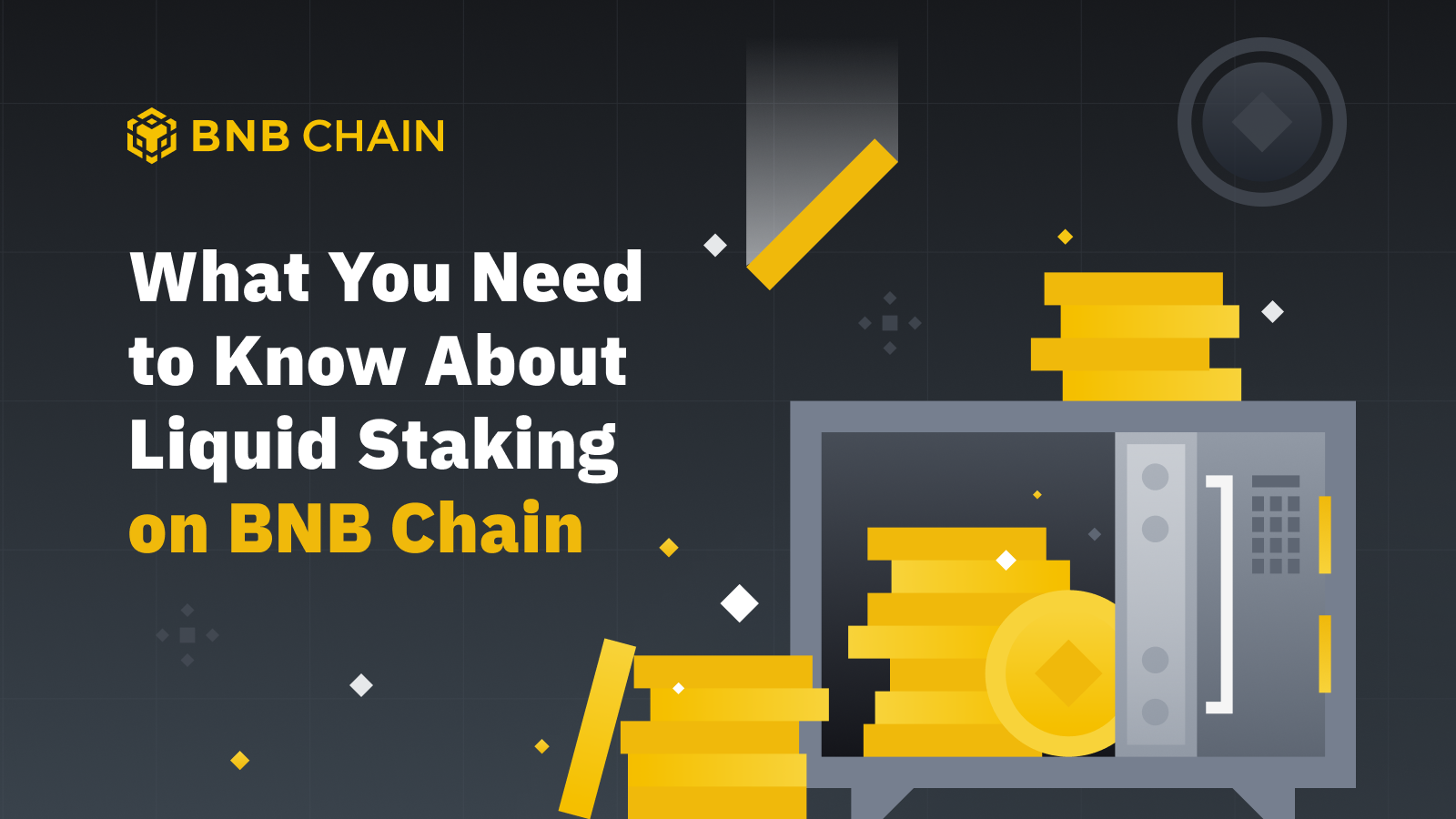Chains
BNB Beacon Chain
BNB ecosystem’s staking & governance layer
Staking
Earn rewards by securing the network
Build
Explore
Accelerate
Connect
Careers🔥
Explore Opportunities on BNB Chain
BNB Liquid Staking: What You Need to Know

Staking is a way to generate passive income from assets while supporting a blockchain network's security and usability. Liquid staking offers the same benefits as staking, but with fewer drawbacks.
How it Works
Staking enables yield generation on idle crypto, but detrimentally restricts your funds in the process. Fortunately, liquid staking gives us the opportunity to stake and receive yield-generating liquid tokens in return. This functions through protocols minting on-chain representations of the staked assets, allowing you to utilize your staked assets while still earning yield on your staked assets.
Liquid staking can be a profitable technique to put unused cryptocurrency assets to work, generating passive income. As such it’s become attractive to investors of varying backgrounds.
According to Blockdaemon “$7.5B Eth is staked in liquid staking protocols. This translates to 20% of the total share of Eth staked in Eth2.”
Obviously, liquid staking isn’t going anywhere. Because it’s the mechanism for validating transactions on Proof of Stake networks, it will remain the core component ensuring the security of the blockchain.
Does This Defeat the Purpose of Staking?
Not quite. The original assets are still being staked in the blockchain, which strengthens network security and infrastructure. It's worth remembering that just because you receive liquid tokens in return for staking doesn’t mean that you have full access to unstake at any time
We can think of the liquid tokens like receipts that enable unstaking. For example, let’s say you stake BNB on Ankr and receive aBNBb. If you ever wanted to unstake those tokens you would need the equivalent amount of liquid-staked tokens to initiate the unbonding period to exchange them back for your original assets(+ staking rewards). On the other hand, if you chose to invest those tokens into a liquidity pool and ended up losing them, you couldn’t unstake until you re-acquire aBNBb through some other means (like purchasing them on a DEX).
Risks
The primary risk of liquid staking is that the token will de-peg. As we’ve seen with stETH, liquid staking doesn’t come without risks. Although generally stable, there’s always some risk of de-pegging and the token losing value. This comes as a result of many liquid staking tokens functioning through elastic supply/rebasing.
Conclusion
In summation, liquid staking is an innovative DeFi technique building off the success of Proof of Stake as a consensus mechanism. It enables the security of PoS blockchains by returning staked asset leverage back to the investor. Whereas some people feel that liquidating illiquid staked assets goes against the purpose of staking, this is a myth. Even though liquid derivate tokens are minted that equal the value of staked assets, the original assets are still locked into the network until the unbonding period is triggered.
Follow us to stay updated on everything BNB Chain!
Website | Twitter | Telegram | Youtube | Discord | Reddit | Build N' Build Forum